Many moons ago, Steve Sutcliffe, erstwhile editor of this magazine, had a go in Nick Mason’s McLaren F1 GTR, aka chassis #10R.
It was 2009, and the subsequent YouTube video (1.2 million views and counting) remains one of the best there is for conveying the violence that separates proper racing cars made road-legal from the comparatively tame track-day toys that big OEMs spin from polite mainline models.
There’s a moment three minutes in when the acid response of the Mac’s 6.1-litre V12 to Steve’s gratuitous downshifting via the car’s sequential ’box would be frightening were it not so glorious.
I mention this only because a blue coupé with a sardonic grin, and whose yoke I’m now tucked behind, is giving off a similar vibe to the F1 in Sutters’ ear-popping video. It’s not quite on the Mac’s level but is still unforgettably feral.
Not far from Leeds is the HQ for Ginetta Cars, the company that produces this pint-sized road racer, also dubbed ‘GTR’. Its wildness makes sense when you consider that Ginetta is first and foremost a motorsport specialist.
Over the years its cars have afforded plenty of rising talent a vital first taste of real racing. This includes F1 star Lando Norris, who still raves about his 100bhp but oh-so sweet-handling G40 Junior.
At the other end of Ginetta’s broad motorsport capability is the extraterrestrial G60-LT-P1 – a homegrown, top-tier prototype built to take on Toyota at Le Mans at the tail end of the LMP1 era.
The G60 really did have the aerodynamic package to display some giant-slaying performance, as demonstrated by its pace through Porsche Curves. Alas, the V6 wasn’t potent enough elsewhere. Today the G60 sits in the atrium at Ginetta’s HQ, next to a tiny 1965 G10 roadster. As bookends to the company’s historical output, they are a striking pair.
The really remarkable bit about Ginetta’s business is something you can appreciate only from the hubbub of the factory floor: it is how self-sufficient – vertically integrated – the production process is.
Explore the place and you will see it all: steel spaceframes being welded for the G40 and G56 racers; the huge autoclave (the ‘tea urn’) that bakes composite panels for the LMP3 prototypes; water pumps being machined; engines assembled and benched; gearboxes stripped and rebuilt; wishbones fabricated; wiring looms painstakingly knitted; and billet aluminium everywhere.
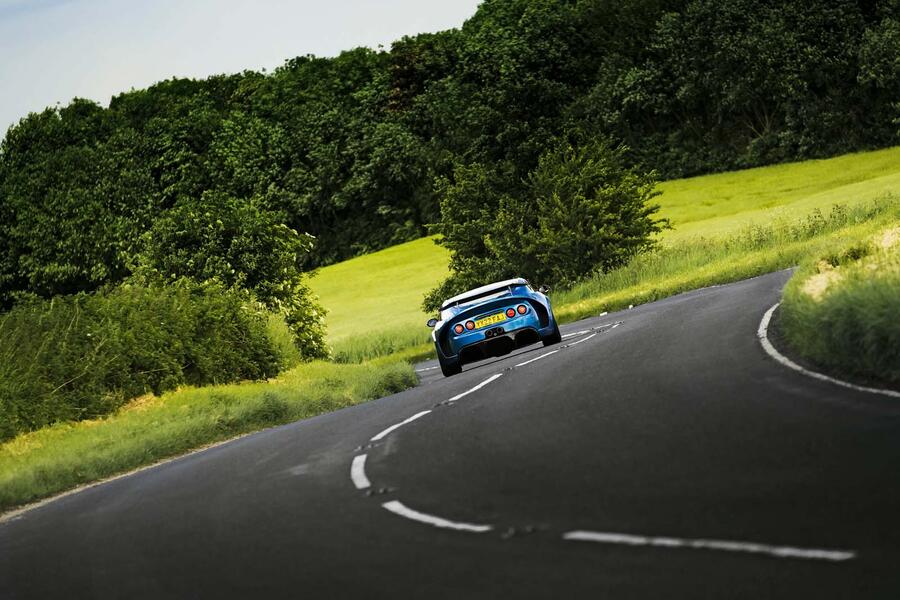
Raw materials go in, racing cars come out. But then, every now and again, something street-legal escapes.
The latest escapee is the car before you: the G56 GTR. The feral one. Steve Cropley and I have come to Garforth to catch up with Ginetta boss Lawrence Tomlinson and drive the new car, along with a couple of versions of the new G56 racing car, from which the road car is derived.
Road-going Ginettas don’t come along often but are always worth investigating. You may recall the 2012 G40R (everyone who drove it certainly does). Here was an 800kg tin-top Lotus Elise alternative with the drivetrain from a Mazda MX-5.
It arrived around the same time as the G60 – no, not the LMP1 G60, but a carbon-tubbed, Porsche Cayman-type coupé with a mid-mounted Ford V6. It was meant to have an element of daily usability, if you didn’t mind the absence of ABS, traction control and power steering. Or servo-assisted brakes. But it was fast, fun and honest.
But since those cars? Nowt. Ginetta has instead spent the past decade developing prototype racers and honing its Ginetta Academy into one of the world’s best grass-roots motorsport series. So what exactly is the new G56 GTR?
Mike Simpson, works driver turned globetrotting head of motorsport, explains from the passenger seat – voice raised over an outrageous, ripping-calico blare straight from the pages of Mark Donohue’s brilliant book The Unfair Advantage.
We will learn more about this car’s American heart shortly, but fundamentally the GTR is a detuned version of the GT4-class G56 racer, says Simpson, albeit with the simpler, two-way adjustable dampers of the friendlier G56 GTA that races in the single-make Ginetta GT Academy Championship.

There’s also a manual gearbox from Tremec, instead of the racing car’s whining straight-cut paddle-shift sequential. An unapologetic ball of metal tops a gearlever that rises from a flocked transmission tunnel, rising to solar plexus height.
To get aboard you clamber over what looks like the high-set sill of a carbonfibre tub. However, the shiny stuff is only dressing for the massively stiff and protective tubular spaceframe of the race car.
Corbeau buckets have been replaced by less severe quilted seats. The racer’s switch panel is still present and correct, though, as is the Motec LCD dead ahead.
Ginetta has at least given the display and the steering column to which it’s mounted an artful carbonfibre casing, but this is where the Pagani comparisons begin and end. Look around and there’s cage everywhere.
Ahead of you is a business-like yoke, minus buttons for the pit lane speed limit and water. Step outside and you will see racing latches for the CRF body and an air-jack port.
“It’s a road-legal race car and you’ve got to treat it that way,” says Simpson. No kidding, mate.
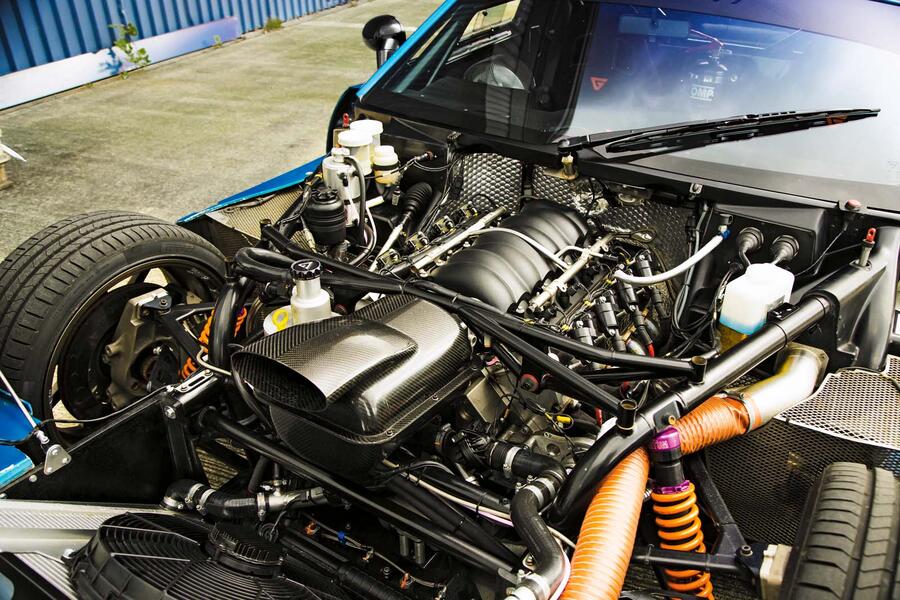
It looks pretty sensational, in a Need for Speed way. All snout but nicely proportioned. The asphalt-scraping front splitter is balanced by an adjustable wing stolen from the racing cars. It rests on no-nonsense stanchions.
Note also the exhaust, which is exposed as it flows down the side of the chassis, leaving the underfloor smooth. Up front is an LS-type, dry-sumped, 6.2-litre pushrod V8 set miles behind the front axle and sunk deep in the chassis.
The V8 makes around 420bhp and pushes against barely 1150kg. Performance is, well, quite strong. Simpson reckons this car would comfortably keep pace with one of those comparatively tame track-day toys – Porsche’s latest 911 GT3 RS, for instance.
The GTR is built to order, with each example requiring an IVA to homologate it. That means not only fitting indicators, LED headlights, mirrors and the usual safety bits but also softening off many of the racing car’s sharp edges and achieving a minimum curvature on some of the shutlines. It’s quite a bit more involved than you might expect, and partly why the car costs – gulp – well into six figures.
Fire it up and the starter motor rings like a cow bell before the engine catches. The racing clutch feels the size of a chocolate button but is clearly robust. You slip it to mitigate a truly ‘blink and you’ll miss it’ biting point, then you’re away. Just watch out for the throttle response, which is race-car sensitive and can subject you to an embarrassing case of kangaroo petrol if you’re not firmly in command. At least the hydraulically assisted steering is gloss-smooth.
This particular car has a double life. It’s also the pace car during Ginetta’s event weekends at the likes of Silverstone, Donington and Brands Hatch, and the geometry is still in race-day trim.
Simpson admits the tyres could do with standing up a touch, in regard to the fierce degree of negative camber currently dialled in. It means the GTR is fighty on uneven surfaces, where you feel every quiver and deflection the road fires up through its entirely rose-jointed chassis.
Imagine cycling over Belgian pavé with a jet engine strapped to your back. The experience is thrilling, yet there’s too much ‘race’ here and not enough ‘road’.

But then, on unruffled asphalt, this car’s potential becomes clear. With less buffeting to contend with, the precision and feel of the steering shines brightly and the taut GTR pulls off that rare trick of simultaneously feeling ingrained in the road surface but also alert and up on its tread blocks.
The chassis morphs into an extension of the palms and buttocks, leaving you free to enjoy 6.2 litres of violence.
What violence. Once you’ve acquired the trust to pin the throttle wide, the GTR experience ratchets up notably.
The V8’s intake and exhaust roar blows through what additional sound-proofing Ginetta has added to the GTR (mostly in the roof and floor) like the pressure wave of an atom bomb through a garden shed. It’s chaos inside the cabin but not without control.
There’s dead-eye accuracy in the steering, for one thing. This Tremec ’box is also a joy to use – not at all recalcitrant, imprecise or overly long of throw – and the firm pedals are set up for intuitive, explosive heel-and-toe shifts that, you have to imagine, send a flame bolting out the back. All the while, despite the big persona, this remains a reasonably small car, and easy to place.
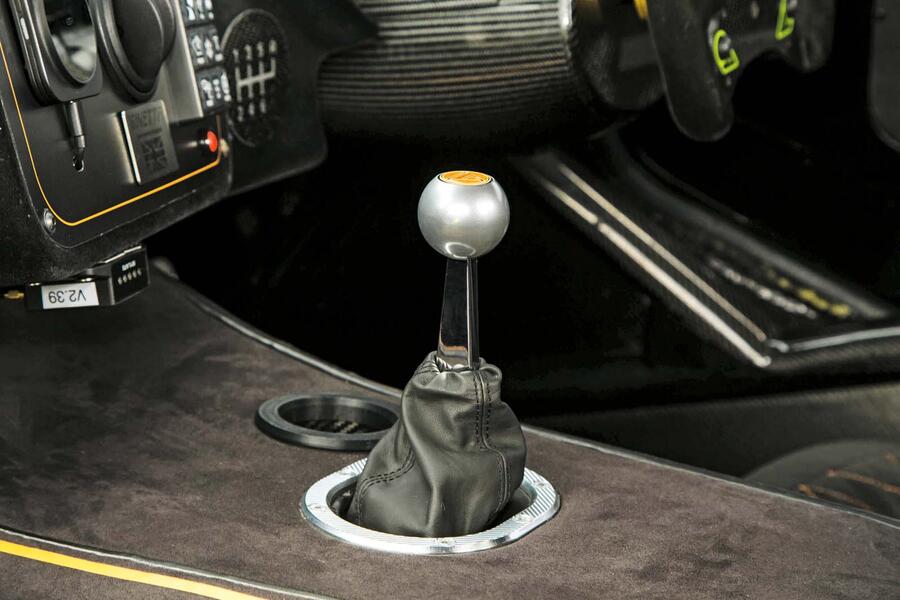
“People don’t make cars like this any more,” says Simpson, correctly. I suppose this is partly because something like the G56 GTR is quite a tough sell.
Making it an easier sell would mean developing effective sound cladding, improving low-speed drivability and clothing the thing in a slicker body that wasn’t quite so obviously race-derived.
But all this would result in a sizeable project that motorsport-focused Ginetta doesn’t have time for. And if it did decide to have time? Well, the result would be quite something. Think front-engined Corvette means fruity Caterham, with Porsche RS-level track-day stamina.
The next day we’re at Blyton Park – the technical, windswept circuit bought by Ginetta in 2017, when the firm was in the throes of its LMP1 programme. Inside the workshop, mechanics are going over the 3.5-litre V6 GTA Academy cars that trade paint in British GT support races.
If it’s your rookie season, Ginetta can store, transport, service and manage fuel and tyres, as well as providing driver coaching, all via its Want2Race programme.
The 13-race series costs around £100,000 and, consumables aside (rather than slicks, the cars wear Pirelli P Zero Trofeo Rs, as you would find on a Lamborghini Huracán STO), the G56 is engineered to be tough and reliable, with repairs from accident damage being economical. It’s about the least financially painful way there is to get into grown-up, well-supported, competitive GT racing.

Simpson says customers find the competitive mindset that’s required addictive. “Quickly they go from being a tourist driver – a spirited person who might go on some track days or rallies – to being a racing driver,” he says. Consistency and certain combat nous are very quickly acquired.
On the evidence of our brief go in the G56 GTA, it’s hard to envisage a more eager accomplice in the development arc. The absence of ABS or traction control means you’re living on your wits and sensitivity if the conditions are less than ideal, but it’s a gorgeously pure driving experience, and the trad layout means making a small error isn’t too punitive for drivers pushing themselves to the extremities of their ability.
Competitors who at their first race weekend are asking an engineer to stand at the front of the car, so they know where the bumper will be in nose-to-tail racing, soon become skilled tyre-whisperers.

It’s a short but very sweet taste of the Ginetta G56 GTA magic. God knows how exciting – and nerve-racking – it must be to line up on the grid for the first time and drive the car in anger. You might prepare yourself for the onslaught by heading to the circuit in something almost as raw and faster still. A G56 GTR would do nicely.
Richard Lane
An eye on the future
If you were to judge Ginetta boss Lawrence Tomlinson strictly on the basis of his car company’s daily activities, you could expect him to come across as the last of the dinosaur petrolheads, flatly opposed to the modern march of electrification in cars.
His buzzing factory at Garforth, near Leeds, designs, develops and builds around 100 high-performance petrol cars a year.
Most of them are for racing, from a highly specialised run of six LMP3 sports cars for 2025 to a new batch of entry-level Ginetta Juniors, with a selection of ferociously competitive GT4 racers in between. Furthermore, Tomlinson believes that as electrification for road cars gathers pace, he will be able to double his factory’s output of cars like the ones he makes now.
Despite this, any view of Tomlinson as anti-EV could not be further from the truth. He drives a Tesla to work every day and has done for years; his wife has a Tesla and so do his four kids.
He built his first electric Ginetta 16 years ago, still owns it and would have homologated it for production all that time ago if only he could have interested one of the government’s starter-industry funding bodies in backing him with a paltry £1.8 million (they backed a Ford clean diesel project instead).
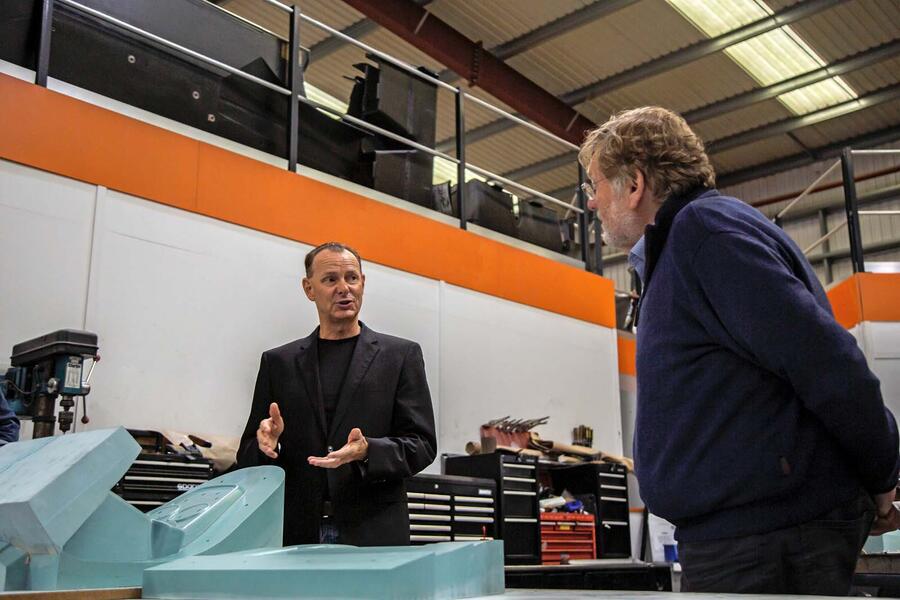
“I believe the transition to road-going EVs is already so advanced it’s unstoppable,” says Tomlinson, “and I welcome it. It’s happening because the base cost of EVs is low and there’s an engineering logic to it. If a product is cheaper and better, people will buy it, and despite what you see and hear in the media, that’s what is happening.”
So how does Tomlinson resolve the apparent conflict between building ICE cars for business and owning EVs to drive?
It’s all because he’s one of a relative few who has a clear vision of the shape of motorsport in the advancing EV era and is already starting to cater for it. He firmly believes that ICE power, possibly with race engines burning sustainable fuels, will continue to be used long term in motorsport, even when EVs are almost universal on the road.
“Let’s look five years forward and say I want to race a GT4 car,” he says. “At present BMW makes and races GT3s and GT4s, but they’re also committed to the future electrification of all road cars. What reason would they then have for making those race cars? I believe they’ll stop being available, and people will have to come to companies like Praga, Radical, Oreca, Ligier and us to buy cars built by companies with their own distinct view of a car’s look and layout. The market will open up.”
Tomlinson agrees that this could be a trend, which is why Ginetta has bought up several hundred Ford V6s, (the engine it uses in the LMP3 and all of its GT4 range) and also has a protected supply of 1.8-litre four-pot Ford engines for Juniors.
Ginetta already builds its own V8s – using Chevy blocks but kitting them extensively with own-design internals – and it has the capacity to do even more. For such a small concern, the company does an amazing amount of fundamental engineering and production, even making its own differentials and steering racks.

Though he is a strong supporter of electric road cars, Tomlinson is doubtful that people will be able to race them, or will want to.
“We own Blyton Park – it’s our test track – but other people use it,” he says. “I’ve never seen anyone drive an electric car on it, not one. I’ve been around it a few times in my own Teslas, but you feel pretty cruel doing it. They’re heavy, so driving them quickly is hard on everything. And you don’t have the range.”
Meeting Tomlinson is an odd experience. He has abundant reserves of the decisiveness and business confidence it takes to be a high-achieving entrepreneur (he is number 150-odd in The Sunday Times Rich List, and besides Ginetta he runs thriving property development and medical supplies businesses).
But while he is proud of the car company and its many achievements, he can’t bring himself to boast about it.
“I know we’ve created a really great motorsport brand,” he admits. “If you spend a bit of time at any decent circuit in the world you’ll see at least one Ginetta. We’ve built many hundreds. But I’m just not a natural marketing man, I suppose. I just like getting the product right.”
Steve Cropley

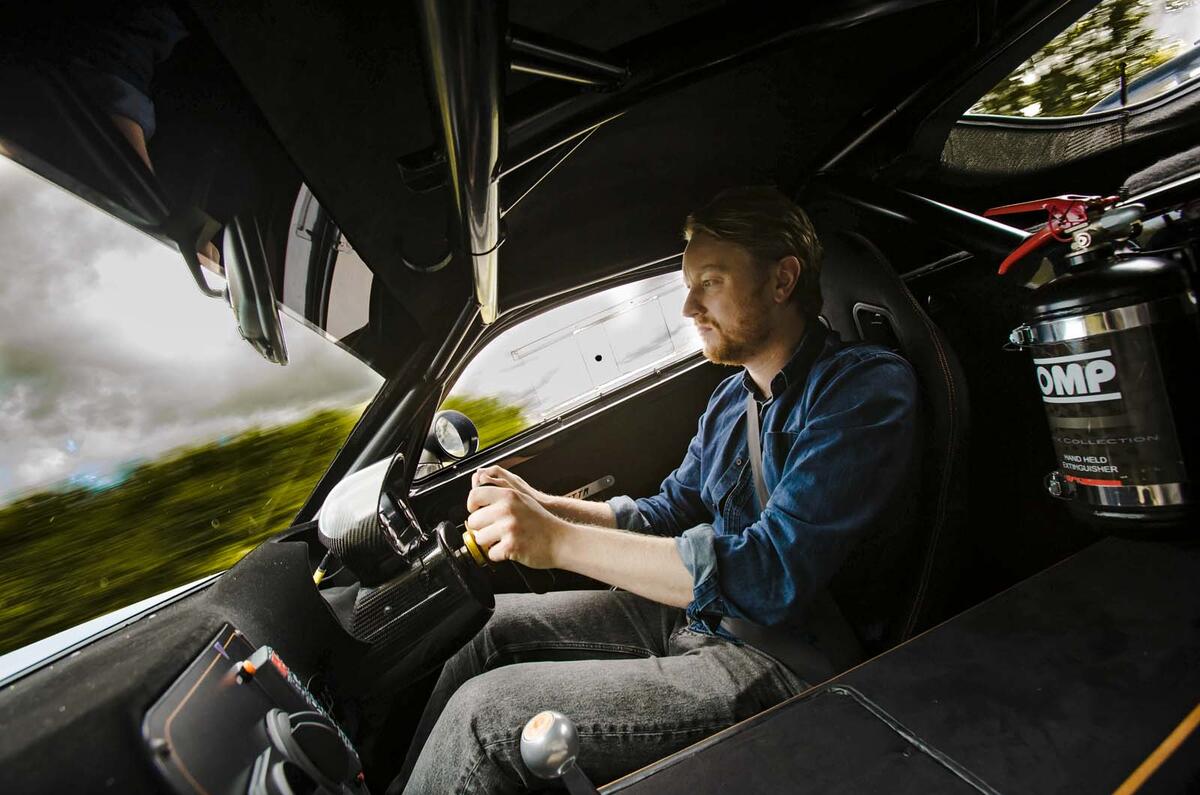

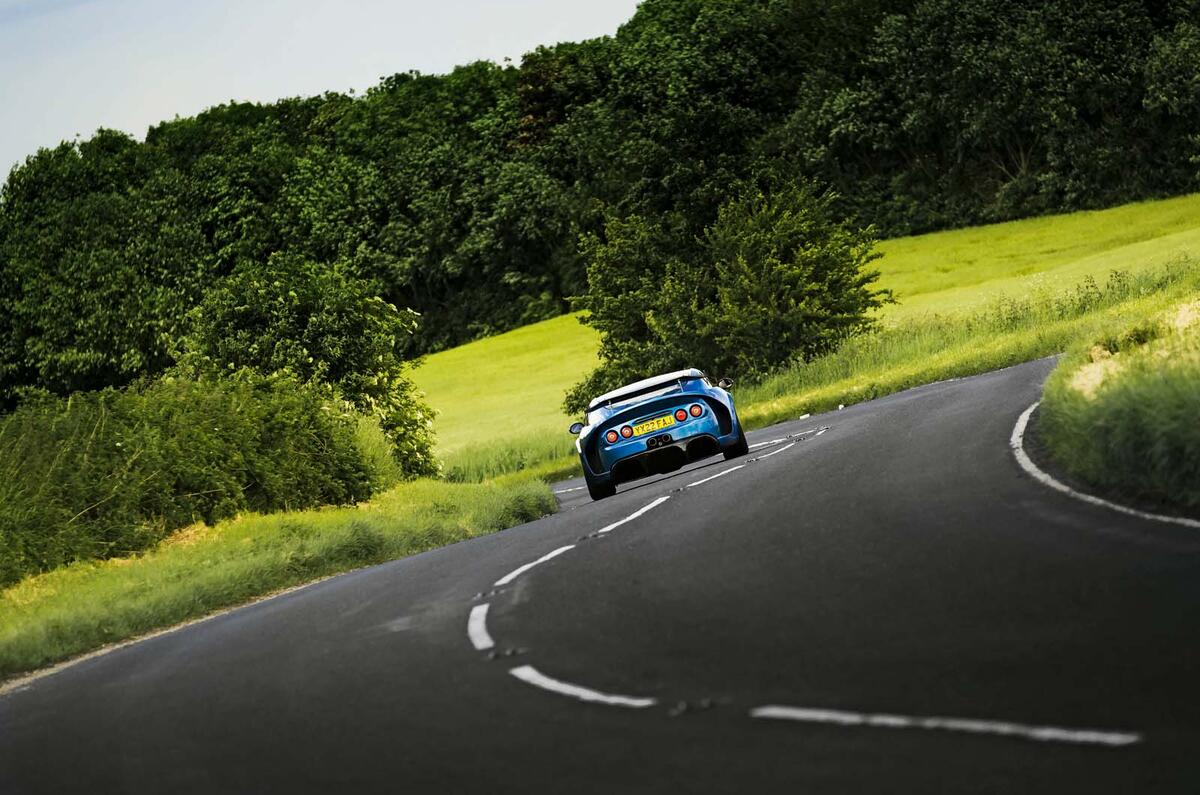

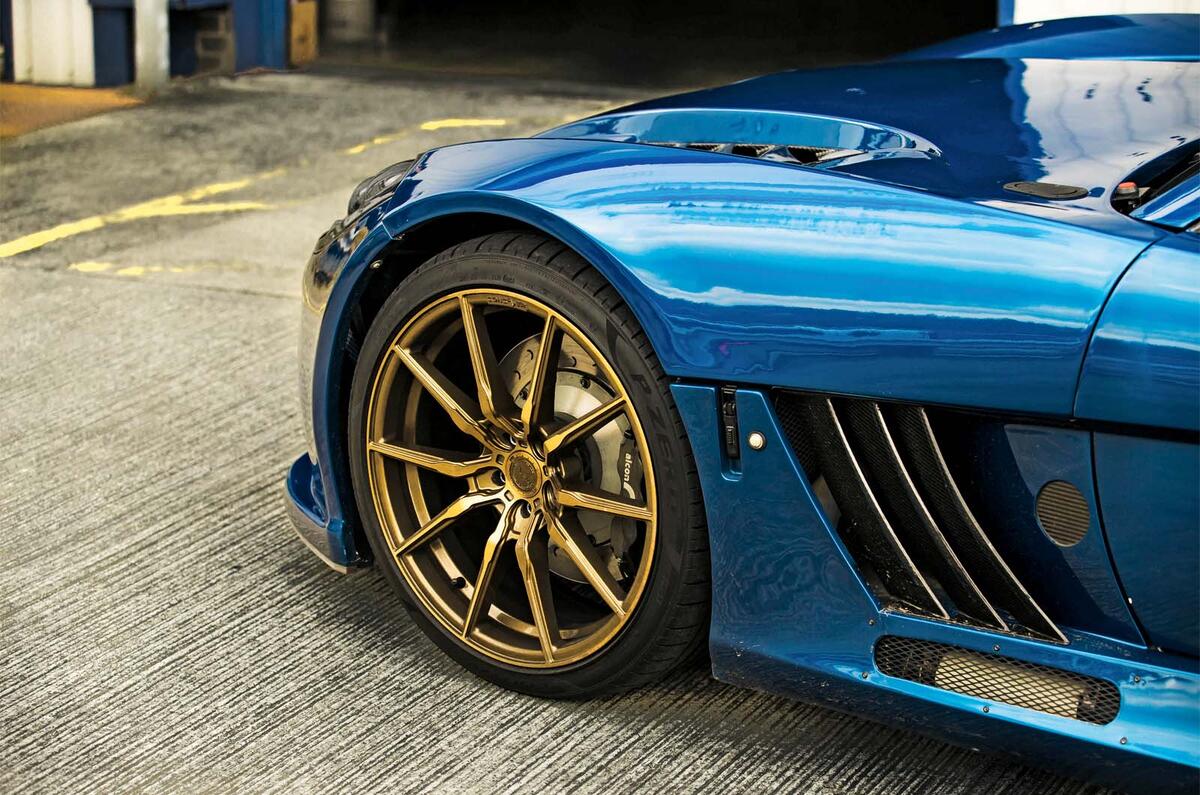

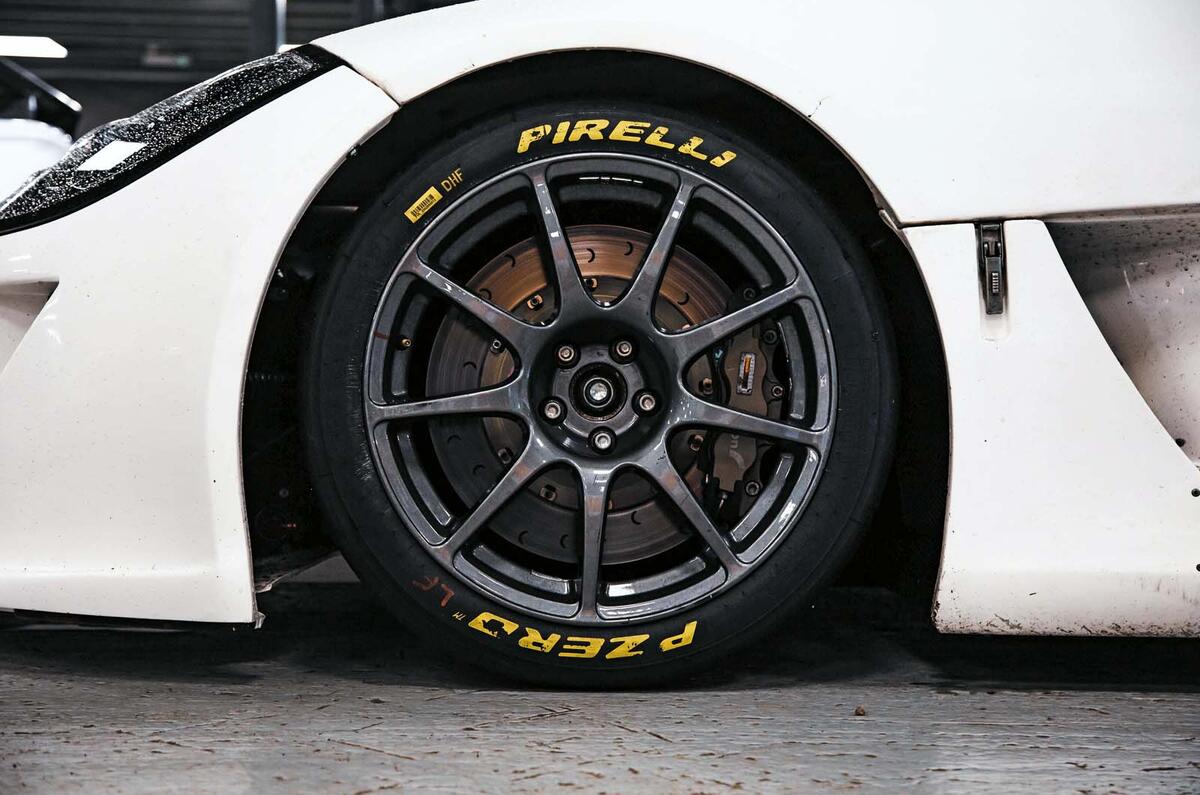
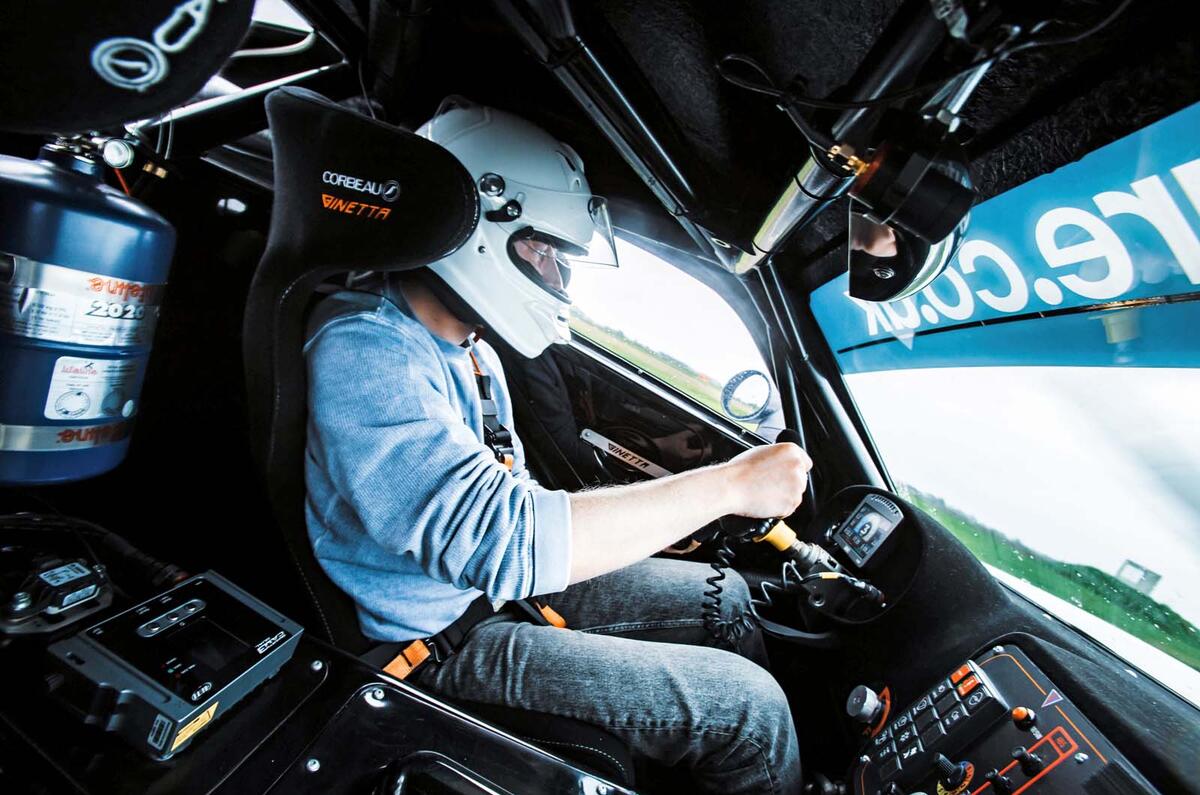

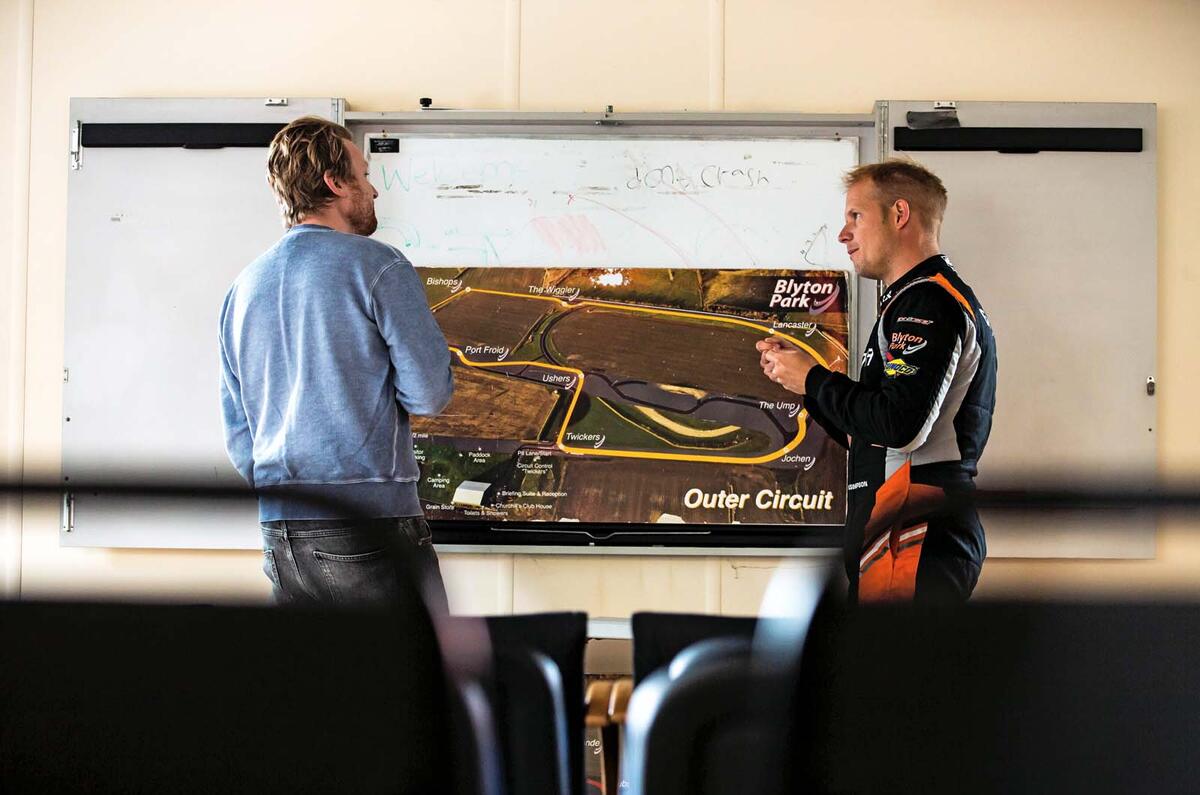


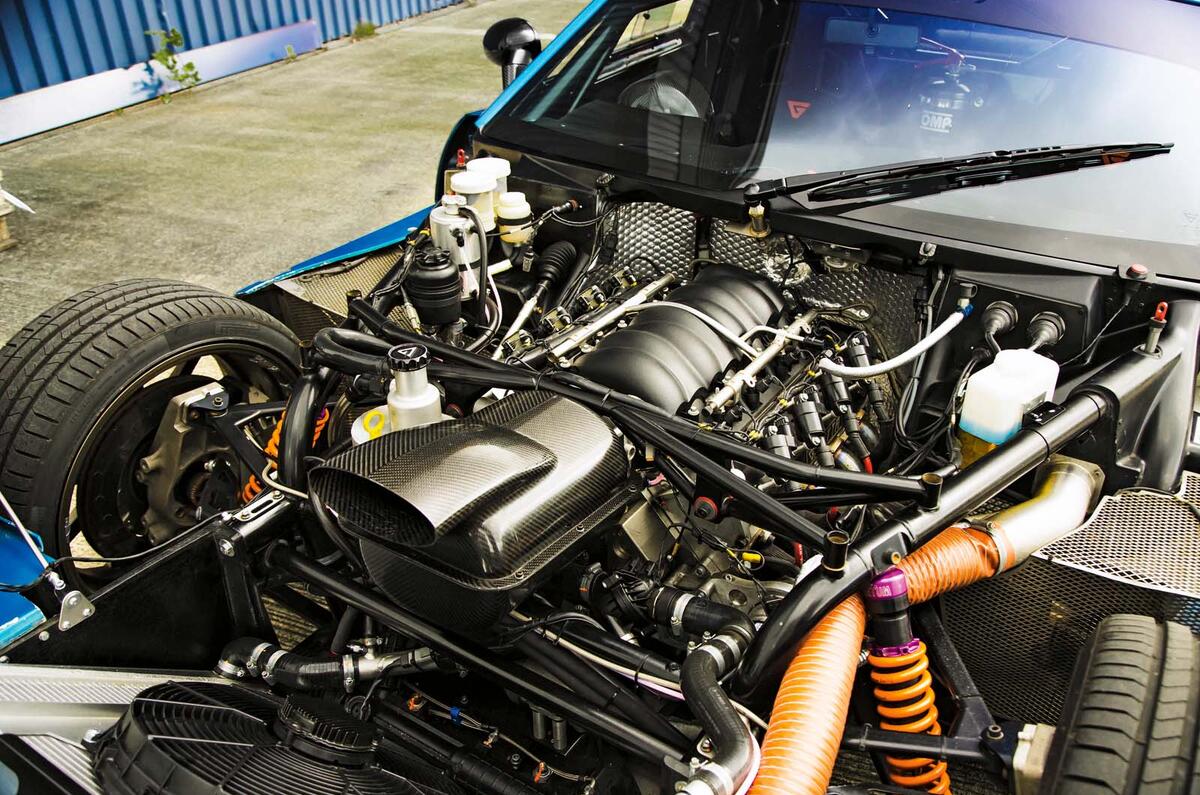


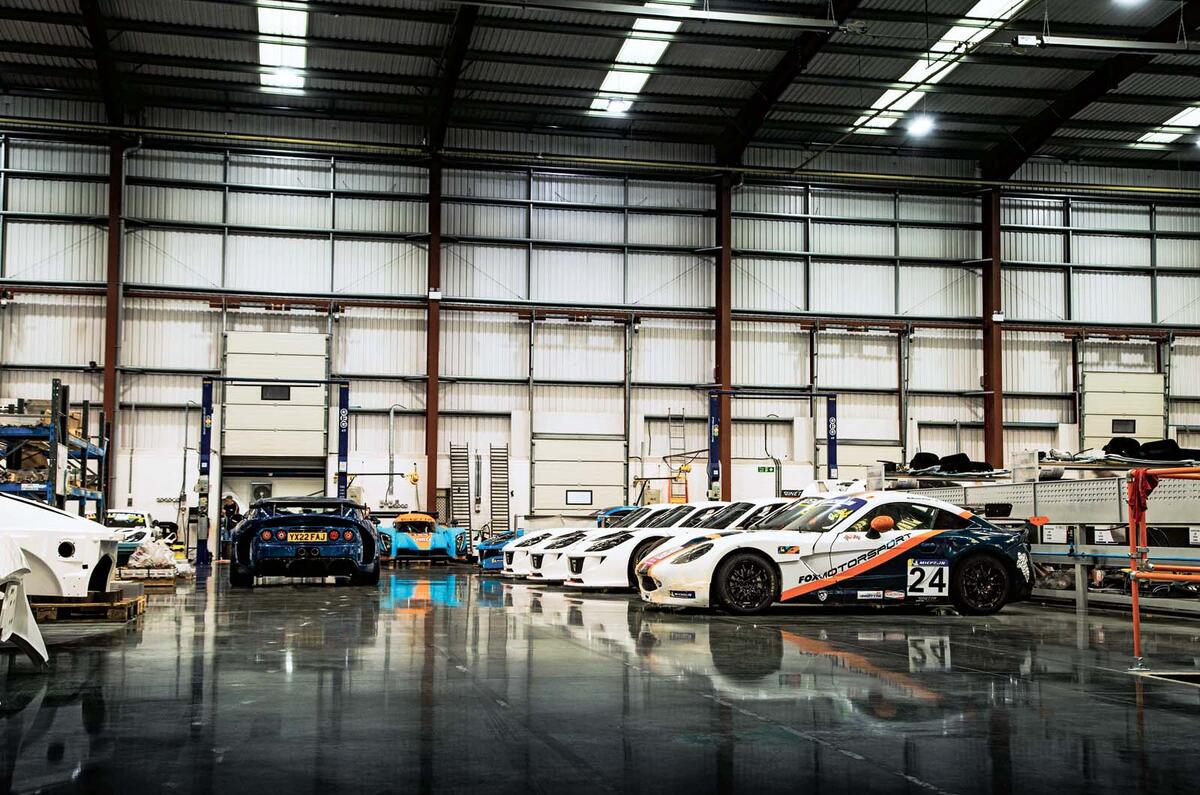






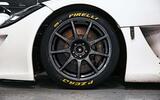

















Join the debate
Add your comment
I've never see a Ginetta road car on the road, maybe they are more common in other parts of Blighty?